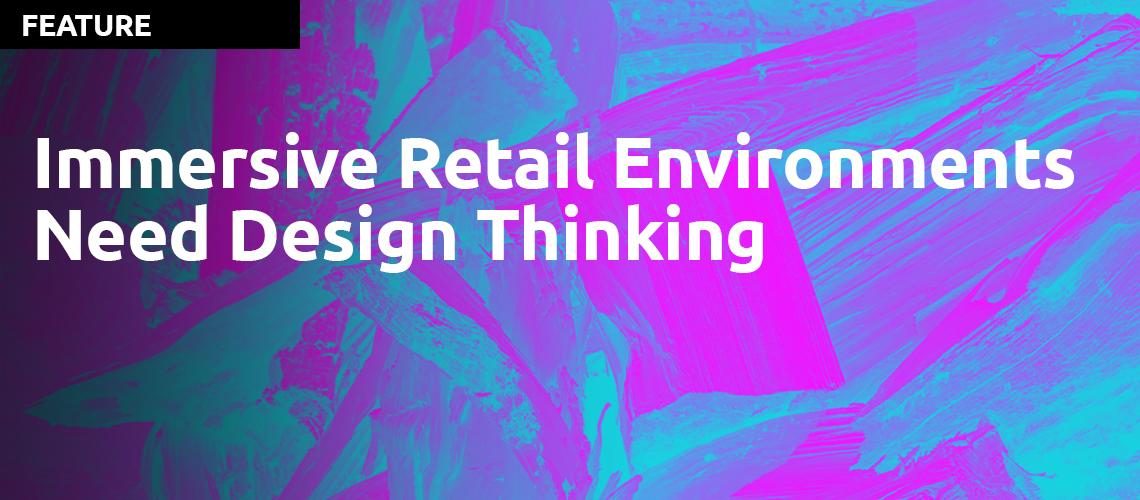Immersive Retail Experiences need Design Thinking
Design thinking is a creative and problem-solving approach that is used in various industries, including retail. In immersive retail experiences, design thinking can be applied in several ways to create unique and engaging experiences for customers. Here are some examples of how design thinking is used in immersive retail experiences:







